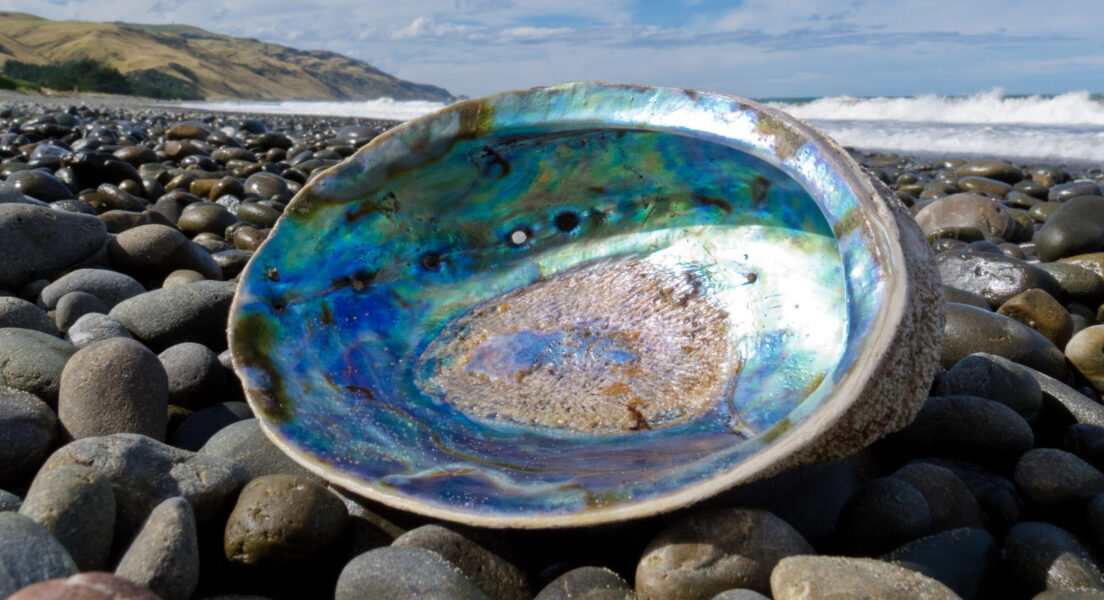Cement revolution thanks to mother-of-pearl structure

Researchers at Princeton University have developed a revolutionary cementitious composite with exceptional crack resistance and ductility. Inspired by natural mother-of-pearl, this composite could fundamentally change the construction industry.
Unlike glass, wood and steel, cement is naturally brittle and not very flexible without reinforcements. This considerably limits its possible uses in load-bearing structures. Although there are already methods for improving the fracture toughness and ductility of cement, for example through polymer, glass or metal reinforcements, these only slightly increase energy absorption and fracture resistance.
A composite material modelled on mother-of-pearl
The Princeton University team found that alternating layers of thin polymer and patterned cement paste increase ductility. The composite material developed mimics the structure of mother-of-pearl, a substance found in certain shells and known for its strength and flexibility. Mother-of-pearl consists of over 95% calcium carbonate and up to 5% organic material. This unique combination gives mother-of-pearl its remarkable mechanical resistance.
Mechanisms of the mother-of-pearl structure
Mother-of-pearl is a biomineral consisting of aragonite platelets connected by a soft biopolymer. This 3D brick mortar structure allows the platelets to slide and deform, absorbing energy and increasing toughness. This synergy between the hard and soft components is crucial for the remarkable mechanical properties of nacre.
Applying the principles to cement composites
The Princeton University researchers used conventional building materials such as Portland cement and polymers to develop a similar composite. They layered cement paste boards with polyvinyl siloxane, a flexible polymer, to create multi-layered beams. These were tested for crack resistance in a notched three-point bending test. The results showed that these composites achieved 17 times higher fracture toughness and 1791 per cent higher ductility compared to solid cement.
Future prospects and optimisation
The researchers plan to explore different soft materials for more resistant infrastructures and to optimise the groove shapes for better defect integration. In addition, production methods are to be further developed using integrated lamination laser processes or additive manufacturing. These advances could revolutionise the construction industry and significantly expand the use of cement in load-bearing structures.
The newly developed cement composite, inspired by the structure of mother-of-pearl, offers a promising solution for improving the mechanical properties of cement. With its exceptional crack resistance and ductility, this composite represents a significant innovation that has the potential to transform the construction industry.